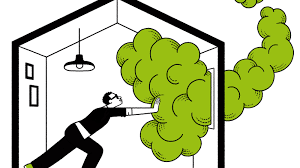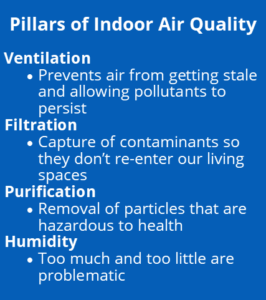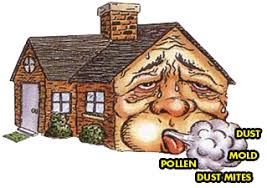 September 2024
September 2024
Most days are spent inside our home and office. Without good indoor air quality we are more susceptible to illness, allergies and fatigue. We require a proper combination of fresh and recirculated air running through building systems and filters to remove contaminants that include carbon monoxide, tobacco smoke, perfume, dust, fibreglass, vapours and microbial contaminants.
We optimize indoor air quality (IAQ) to create a healthy living environment. It helps us prevent contagious diseases and other problems affected by poor indoor air quality.
Obtaining good air quality requires that attention be paid to ventilation, filtration, purification, humidification and dehumidification.
 Ventilation prevents air from getting stale and allowing pollutants to remain in your building and home. Filtration is the capture of contaminants so they don’t re-enter our living spaces. HVAC systems use filters to capture particles so they don’t re-enter areas where people reside or congregate. Purification is the removal of particles hazardous to health. Humidity needs to be controlled. Too much becomes a breeding ground for viruses, biological growth and causes damage to building materials. Too little humidity causes health problems and also serves as a breeding ground for viruses.
Ventilation prevents air from getting stale and allowing pollutants to remain in your building and home. Filtration is the capture of contaminants so they don’t re-enter our living spaces. HVAC systems use filters to capture particles so they don’t re-enter areas where people reside or congregate. Purification is the removal of particles hazardous to health. Humidity needs to be controlled. Too much becomes a breeding ground for viruses, biological growth and causes damage to building materials. Too little humidity causes health problems and also serves as a breeding ground for viruses.
The most important equipment for improving air quality is that which delivers fresh air and removes stale air from inside the building. In areas subject to poor air quality, smog or wildfires, increasing the delivery of fresh air to a building many not be the best approach. Humidity is considered ideal when it is between 40 and 60 percent, and is controlled by “conditioning” fresh air as it enters a building.
Air is purified as it recirculates through return air vents including those in fan coil systems. UV-C lighting is playing a larger role in purification by inactivating small organisms in the air which reduces the likelihood of people breathing in air containing some pollutants, viruses and bacteria. High-efficiency filters such as those designated MERV 13 remove more of the smaller organisms as air is recirculated.
Indoor air quality and HVAC systems require regular inspection and maintenance to ensure they continue operating effectively. Adjustments may be necessary to account for changing and seasonal weather conditions. Tools are available for measuring, monitoring and improving air quality. When air quality concerns arise, companies specializing in HVAC and indoor air quality systems are available to assist.







